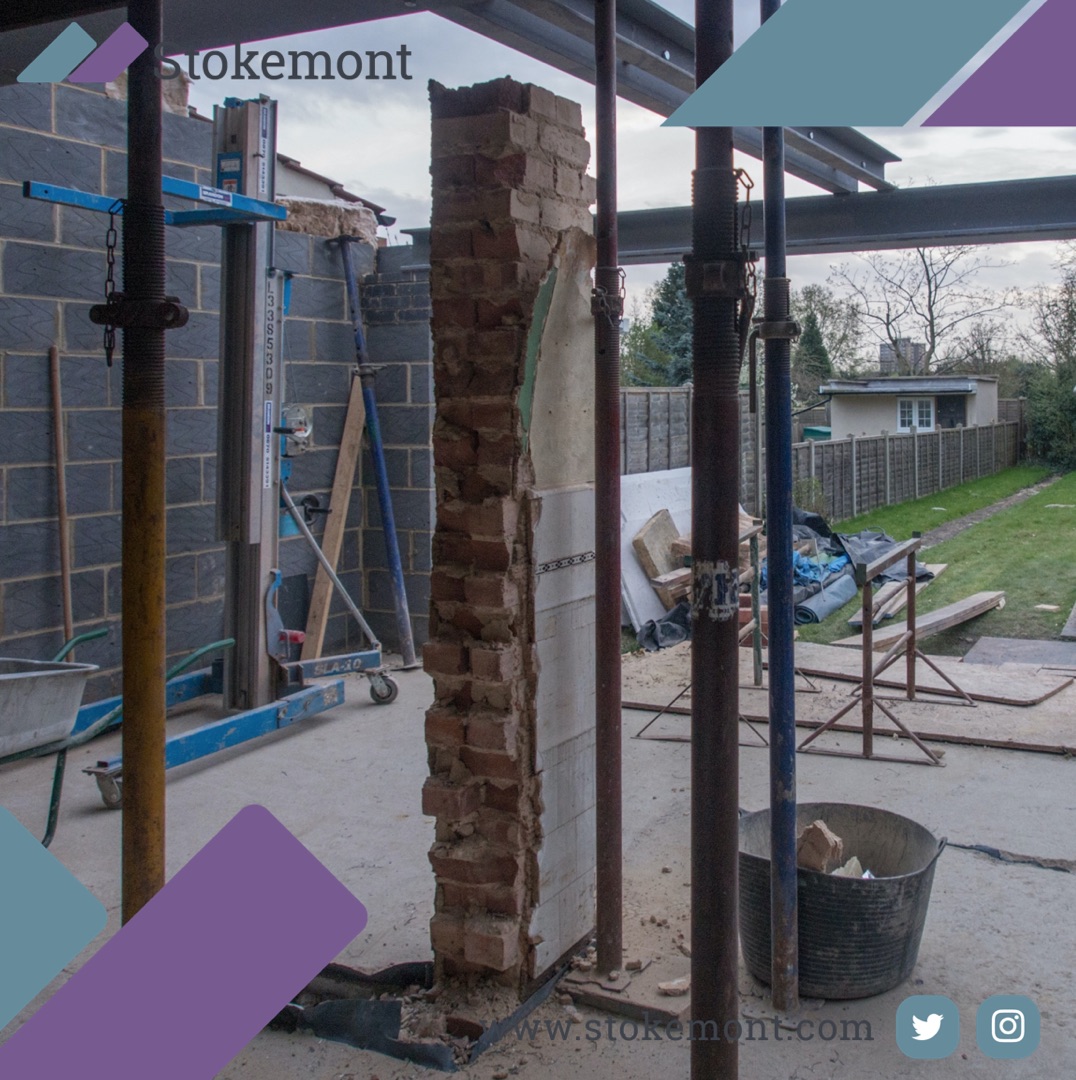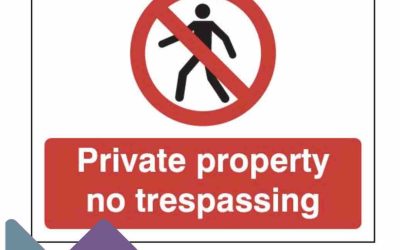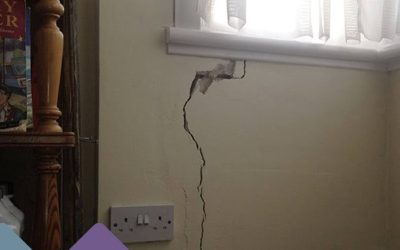If you are a leaseholder for a property, you might find that occasionally, you want to make material or structural changes. What you’re going to want to do is to make sure that you’ve got yourself a Licence to Alter, which is what you get from your freeholder.
But what is this? Why does it make a difference? What does it mean? For all that and more, you need to make sure that you have a good understanding of what’s going on to get the best possible options. Let’s take a look at what’s on offer here and now.
So, What is an LTA?
The LTA is a document which provides you with permission to make changes to the property, given to you expressly and explicitly for a single purpose by a landlord. The licence to alter will always come in writing.
A licence to alter is a special kind of document which protects both you and your landlord from any issues. At the same time, it also takes the interests of other leaseholders into account. This is important when the changes that you want to make will affect the property in a way that impacts them.
Is the LTA Difficult to Obtain?
Thankfully, getting an LTA is not a difficult task. What you will come to learn is that the landlord can not withhold consent unreasonably. Instead, they have to consider any and all reasonable requests.
How to get an LTA
If you want to obtain a licence to alter, then you will need to make sure that you start the process off by approaching your landlord. This isn’t too tricky – what you need to do is just schedule a meeting with them, and you can do this informally if you want.
Alternatively, you can send an advisor to speak with your landlord – someone who has the necessary experience to negotiate on your behalf. They will provide the necessary details for the work undertaken and this information will be passed onto the experts that the landlord retains for such instances – typically a solicitor and/or surveyor. Once a review has been conducted with regards to the work being done, you’ll find that the landlord can then determine whether a written licence to alter is necessary or not.
The process is often just as simple as that, and once you go through the legal processes, it’ll all work out for the best.
So, in conclusion, there’s a lot that you need to think about when it comes to the licence to alter. It’s not an exceptionally challenging concept to deal with but it does have a lot of unique benefits and options. You need to take the time to explore what’s on offer and make sure that you get the licence you need. Yeah, it can be a challenge, but the end result is worth it if you’ve got the right options.
Making the changes you want can often be a challenge, but it’ll all work out for the best if you take your time and look at what’s on offer.
If you’d like to discuss how we can be of assistance with your Licence for Alteration procedures, give our team of experienced Surveyors a call today.




